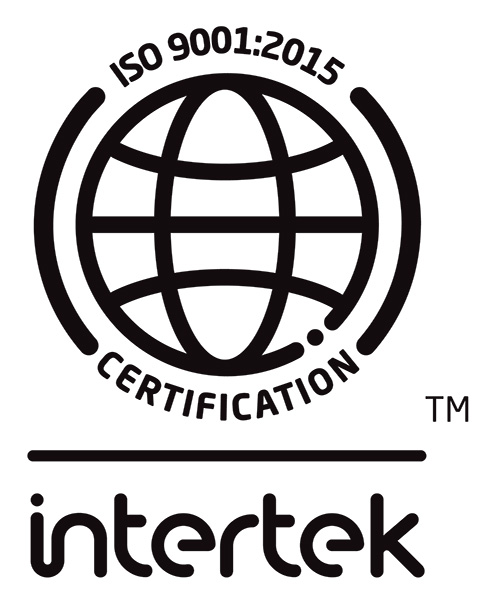In 2014, the referral laboratory changed its automated inoculating and reading processes such that the culture paddle no longer fit their workflow. At that time, instead of sending a urine culture sample in a preservative tube that would not arrive until late in the evening, and likely not provide any result in a timely manner the following day, the rural laboratory decided to culture the urines as they arrived directly on chromogenic agar. Samples were submitted to the laboratory within two hours of collection. One microliter loops were used to plant the plates according to standard Cumitech protocols (3). Again, after overnight incubation at 35°C, the plates were examined for growth, quantitation of growth, for mixed cultures and for definition of chromogenic morphotypes, using the criteria (i.e.,colour differences of the colonies) provided by the media’s manufacturer.
Control cultures were available for colour comparison. Samples with pure cultures of potential pathogens (or if two different pathogen morphotypes were present) at 10 – 100 x 106 CFU/L, were forwarded that evening to the reference laboratory for confirmation of identification and antimicrobial susceptibility testing. The actual chromogenic plates were sent (taped with parafilm in biohazard bags) and the colonies requiring workup were circled on the plates. Physicians received preliminary reports the day after primary incubation in the rural laboratory of “No growth”, “No significant growth”, “Mixed growth” (indicating at least three morphotypes) or a quantitation of significant growth with a presumptive genus ± species based on the chromogenic appearance of the colonies.
The chromogenic agars did not separate Klebsiella, Enterobacter and Serratia, so these were reported presumptively as one group. For those isolates that were not chromogenic (staphylococci, enterococci, group B streptococci, Lactobacillus), the rural laboratory preformed a Gram smear, slide coagulase, PYR or streptococcal grouping to sort those cultures which need to be forwarded for identification from those considered contaminants. The submitting physicians were also provided with updated antibiograms for the common species isolated in the rural laboratory (mainly E. coli and Enterococcus sp.) and the antibiogram from the referral laboratory, so that they could make initial early therapy decisions if required based on the presumptive identification provided by the rural laboratory on the first day.
The rural laboratory participates in the Gram smear and urine culture portions of the Clinical Microbiology Proficiency Testing (CMPT) programme to monitor their competency and has performed with excellence in that programme since the change to local primary culture of urine samples was made. In addition, they are provided with periodic Gram smears to review and report back to the consultant microbiologist to enhance their reading skills. Results received from the referral laboratory when complete are compared to the presumptive day one reported result to determine the level of comparative performance.




